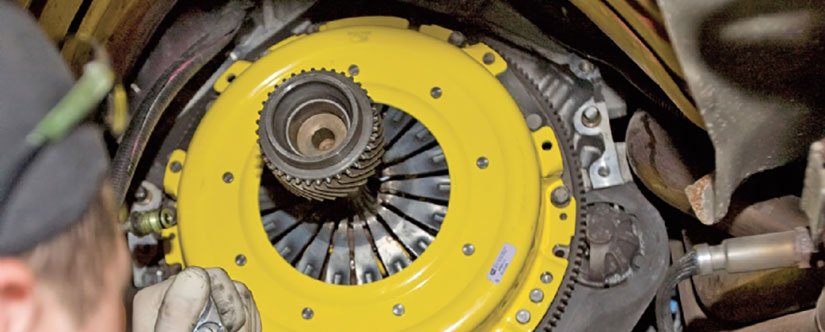Trasn Definition
Trasn refers to the mechanism that transmits the power generated by the engine of an automobile to the driving wheels, it is composed of clutch, gear box, propeller shaft, universal joints, rear axle, wheel, tyres, which together make up the trasn system a short form of transmission system. Trasn fluid or tranny fluid (colloquial), is the fluid used in vehicles with self-shifting or automatic transmissions. It is typically coloured red or green to distinguish it from motor oil and other fluids in the vehicle
Ergonomic driving play a critical role in health and well being of the driver and the trasn system of an engine can improve or diminish comfort of a driver while driving. According to a recent study driver sensation during a gearshift in a manual transmission is one of the most remarkable actions in terms of comfort perception in motor vehicles. This importance has increased in a reasonable way in the last few years mainly because of higher quality requirements demanded by the market.
Comparison between Manual trasn Vehicles and Automatic trasn
Price – Vehicles with manual trasn are usually cheaper than vehicles with automatic trasn system
Fuel Economy– Manual trasn has better fuel economy. This is because manual trasn has a better mechanical and gear train efficiency as compared to their automatic counterpart.
Control– Manual trasn vehicles offer the driver more control of the vehicle while the automatic trasn offer more control to vehicle instead of the driver.
What Specifically, Should I look for when selecting a vehicle?
Consider the following factors:
- Does it match requirements for the body size of the driver(s) and any physical limitations the driver(s) may have?
- Do the layout and ergonomic features of the vehicle (e.g., steering wheel, seat, pedals and other controls, displays) meet your needs?
- How much time per day does the driver use the vehicle and what distance does he or she drive per year?
- What kind of trasn system has the features that assist in the kind of work the driver does?
How to Maintain Your Car’s Trasn System and Avoid Crashes and Injuries
How to Maintain Manual Trasn System
A manual trasn has a much simpler set of mechanical parts and gears, when compared to an automatic transmission that is much more complex and can have hundreds of moving components including hydraulic and electronic systems. Manual transmissions issues can be due to user error and driving style, such as mashing gears when shifting or not engaging the clutch properly.
Check your vehicle’s recommended transmission service schedule for details on changing the fluids. The fluid in a manual transmission typically needs less changing than an automatic and can often be done for less than $100. Repairs for a manual transmission can also be less costly and replacing a manual transmission can run $1,500-$3,000, compared to $4,000 or more to replace an automatic transmission. Much of that cost is labor, as pulling/removing a transmission can be a day or day and a half job.
How to Maintain Automatic Trasn System
The health of an automatic transmission is less dependent on users driving style, but it’s smart to avoid taxing your transmission whenever possible. Heat is the enemy of an automatic transmission, and if you feel it struggling on a long incline in a higher gear, downshift it manually. This will bring your rounds per minutes (RPMs) up, but relieve stress on your transmission. If you notice your transmission “slipping”—which means it doesn’t hold a gear, or it is continuing to search for gears—then have it serviced immediately to avoid further damage.
Learn how to check your transmission fluid level. It should be a cherry red color and have a sweet smell to it. If you notice anything different, including the fluid smelling burnt, get your transmission serviced immediately.
There is much debate on flushing versus draining an automatic transmission. Transmission issues after performing a flush are often blamed on loose particles and sediment in the transmission being spread around during the flushing process. But draining a transmission doesn’t always ensure all of the fluid is removed. To do that you may often have to remove the transmission oil pan, which is an extra step compared to just removing the plug. Re-installing the transmission oil pan requires a new gasket, so make sure you have that if you are doing this job yourself. Check out our guide for changing your automatic transmission fluid.
Drivetrain/powertrain warranties usually cover transmission issues and can last 10 years or 100,000 miles, so check to see if your vehicle is still covered before paying for costly repairs, and best of luck out there.Read: Safety Guidelines For Pedestrians







